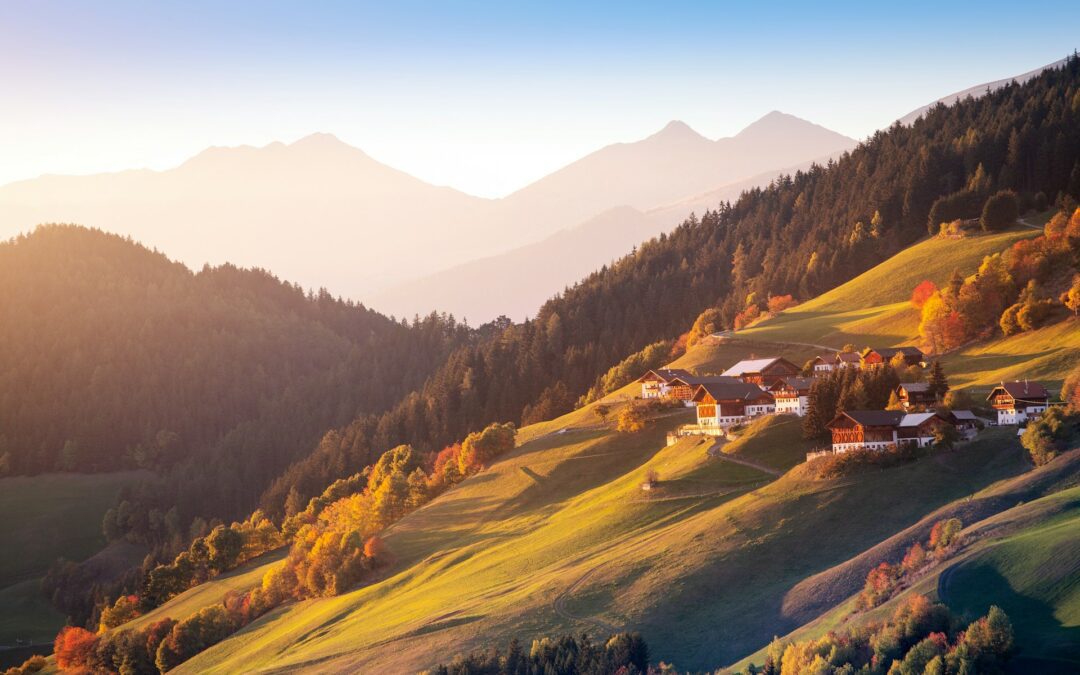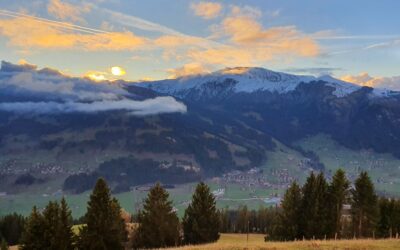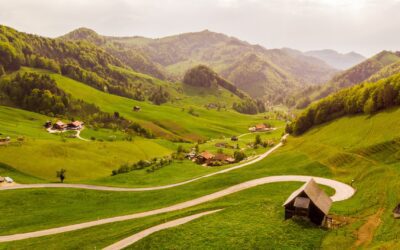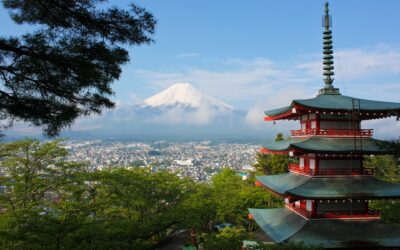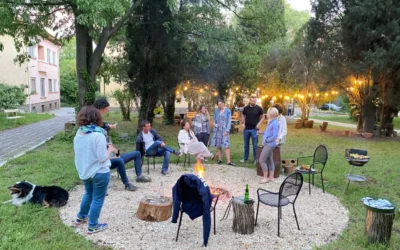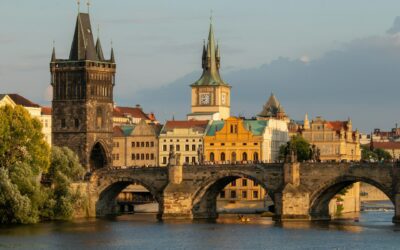|
|
Switzerland is known for its rugged mountainous countryside spotted with idyllic villages, it’s one of the things that makes it such an attractive place to visit. But does that mean that it is impossible to get around without a car? If you don’t drive, will you find yourself hiking steep cliffs between unseen settlements? Well, if that is what you enjoy, yes! But Switzerland is an easy country to navigate without a car.
Switzerland has one of the best public transport networks in the world. The small nation is covered by a web of punctual rails, trails, bus routes, and riverboats, all of which can be used with an integrated Swiss Travel Pass. The pass also comes with perks such as free or discounted access to popular attractions. Children under 16 travel free when accompanied by a parent.
So, what exactly does it look like to explore Switzerland without a car?
Swiss Trains
Switzerland is covered by 29,000 kilometers of train tracks, and the trains themselves are comfortable and run efficiently. You can take a quick trip from one side of the country to the other with perfectly coordinated transfers minimizing your travel time, or you can take a Grand Train Tour and see the countryside on a 1,280-kilometer panoramic journey.
Many travelers prefer to get around this way, not just because it is convenient, but because it is an experience. It feels like an “old fashioned” way to travel, like English gentlemen would have done when on their “Grand Tour” of the continent. You are constantly surrounded by incredible views of snow-capped mountains, green rolling fields, and unbelievable blue lakes. Hairpin turns mean that you can come on exciting spectacles at any moment without warning.
If you are looking for a scenic journey, choose one of the most popular routes. The Glacier Express is an Alpine train between Zermatt and St Moritz. The GoldenPass Line takes in some of the country’s best lakes and links Lucerne and Montreux. The Bernina Express takes in 55 tunnels and 196 bridges as it travels from Chur to Tirano on the Italian border.
Bus
Swiss buses are best used to get from train stations to other desirable destinations. For example, if you get the train to Montreux, there are frequent buses to spots like Gruyere and the Cailler Chocolate Factory at Broc. Of course, most buses are environmentally friendly electric options.
Bus services are integrated with train arrival times and there are stops at the station. You can take your bike on the bus as long as you reserve a space for it in advance.
When you are in individual cities like Basel or Interlaken, there are good bus and tram services, and most are also infinitely walkable. There are actually quite a few car-free cities spotted across Switzerland.
Cycle Trails
Cycling is also a great way to explore Switzerland, with more than 12,000 kilometers of signposted bike trails. Some mountain passes are even closed to motorists in the summer months to give cyclists priority. Rent-a-bike services let you hire a bike in one city and drop it off in another as a convenient form of transport. Of course, electric bikes are available to attack those hills!
Up the Slopes
Need to climb a mountain, you’ll find cable cars, funiculars, cogwheel trains, and gondolas to take you there, many of them solar-powered. But make sure you always check the time of the last transport, as many stop as early as 4 pm when the sun starts to fade.
How to Figure it All Out?
Wherever you plan to go, take the guesswork out of planning the best route with Switzerland’s easy dedicated route finder that integrates all available transport networks.
But is it Easier to Hire a Car?
These days, so many of us have become dependent on cars and just assume that, in most cases, it is cheaper and easier to hire a car. But this isn’t the case when you are traveling in Switzerland.
Public transport in Switzerland is designed to be affordable, which means it is not necessarily cheaper to hire a car. Remember that in addition to the rental fee, there are fuel and charging costs, parking fees, and you miss out on the discounts that come with the Swiss Travel Pass.
Driving around the mountains can also be dangerous if you are not an experienced mountain driver, especially in winter. Plus, the road rules are strict, and you can face hefty fines if you speed or otherwise disobey the rules.
Cars also don’t necessarily offer more flexibility. Some passes are often closed to cards to prioritize cyclists and hikers. Many villages are car-free, so you have to leave your transport some distance away.
The only real advantage to cars is as a convenient way to carry your luggage, but most trains and buses have generous space for your belongings.
Case Study: Traveling in Lenk – Simmental Valley Without a Car
If you are thinking of spending some of your time in Switzerland in the digital nomad village of Lenk within our Hubs community for remote workers, how can you manage your transportation?
Lenk is in the Bernese Canton, so you will want to travel to Bern via Switzerland’s convenient train network from wherever you enter the country. You will then get the Lotschberger excursion train from Bern to Zweisimmen, or the Golden Pass Panoramic train via Montreux. From Zweisimmen, you can then get your final train to Lenk, all using the same pass.
From Lenk, there are a variety of buses to take you to nearby attractions. Get excursion buses from just outside the village to Simmen Falls, the Buhlberg, the Reka Center, or the Iffigenalp. In winter, locals and anyone visiting who pays the local tourist tax can use ski buses free of charge.
Discovering Switzerland Without a Car
So, not only is it possible to travel around Switzerland without a car, but in many cases, it is preferable. Swizz public transport is clean, punctual, and affordable, and the small country is incredibly well-connected. The train and bus routes are scenic, and you don’t need to worry about navigating unfamiliar mountainous roads. You just have to worry about soaking up the incredible atmosphere.
If you are a train lover, Switzerland is one of the best countries in the world to discover by train. Other great countries are Japan, with its famous bullet trains, Italy with slower but scenic and romantic countryside railroads, India with its busy and bustling rail network, and Scotland with its Hogwarts Express-style steamers.

